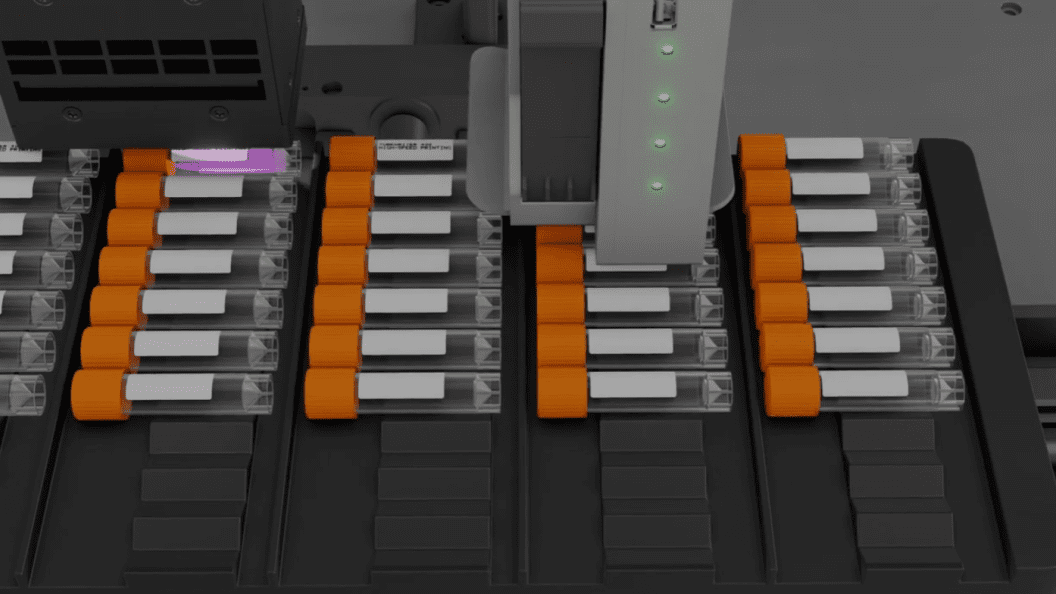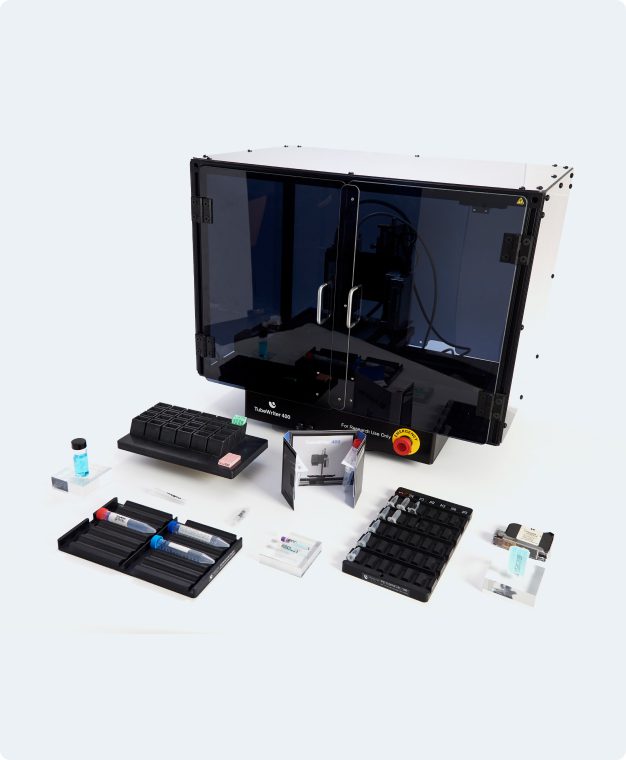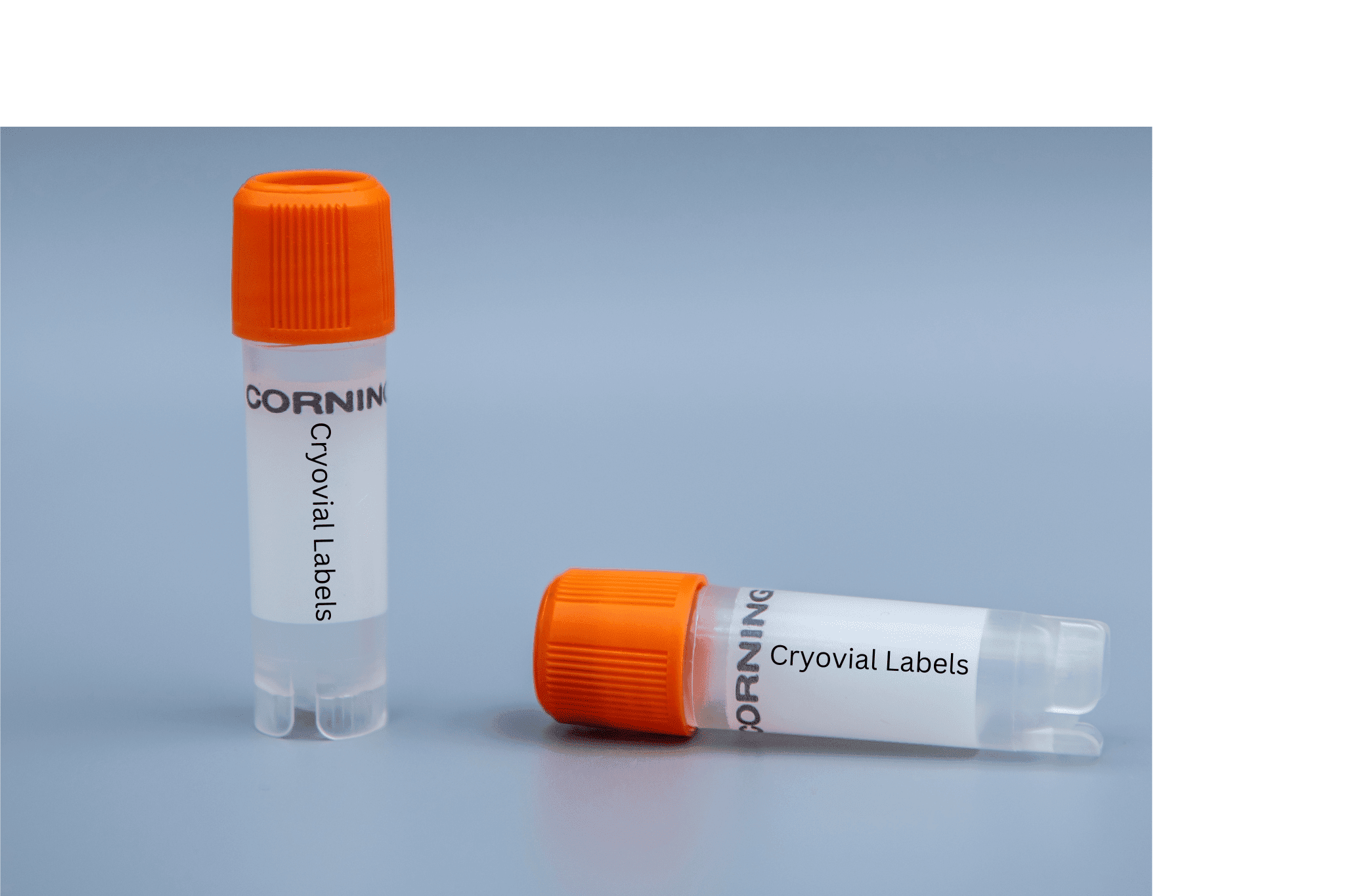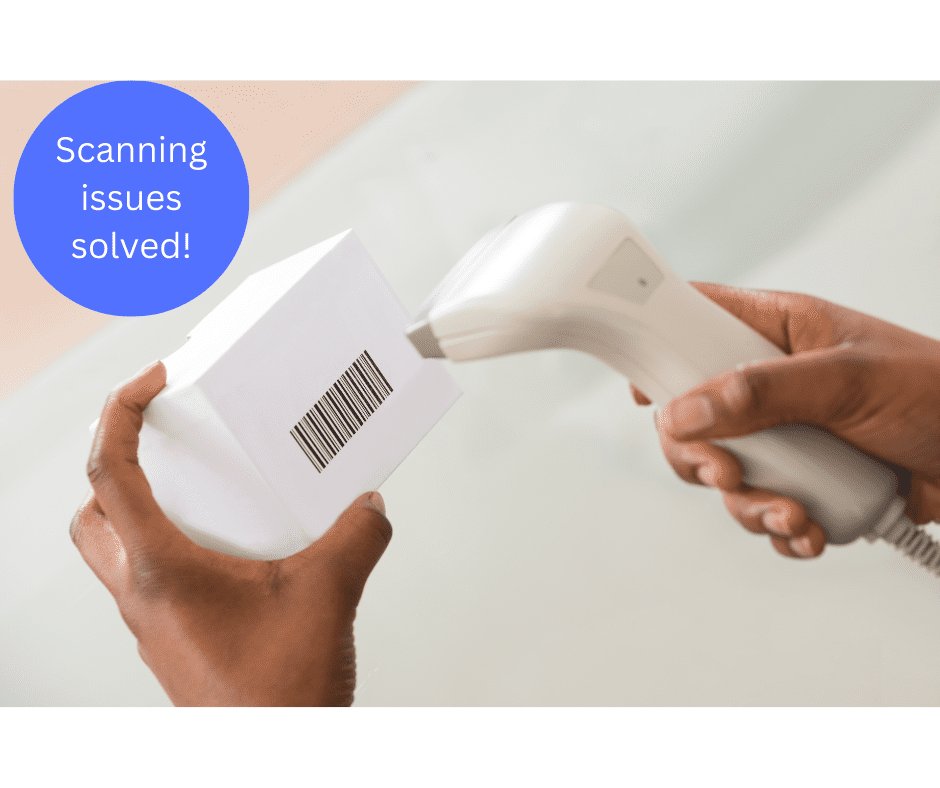Automated Tube Printers: A Cost and Pricing Guide for 2023
Whether you run clinical trials for a large pharmaceutical company or PCR in a forensics lab in a municipal police department that needs to ensure sample integrity, one of the first questions scientists who label tubes all day want to know is: How much do automated direct tube printers cost or what is TubeWriter pricing?
Although this is a difficult question to answer, I will try to do my best to explain some pricing guidelines.
There are two significant things to consider when considering the cost of an automated tube labeling machine.
- The initial cost of the printer and accessories
- The lifetime cost of ownership associated with the machine
First, let’s look at the printer’s initial cost, accessories, and consumables to understand how much to budget for each.
Remember that these prices will vary based on your organization’s purchasing power and region.
Then, we’ll look at the long-term cost of owning a tube labeling system.
Initial Cost for Tube Labeling System
The purchase of a tube printer is not much different than purchasing any other laboratory equipment. Prices can vary dramatically with so many options, speeds, and compatible consumables.
We’ve answered this question thousands of times over the years, and these days, hundreds of scientists will ask us for quotes or budgetary estimates every year — and many folks will raise the question in the first few minutes of our conversations.
Three things that affect tube writer pricing
- The printing machine and accessories
- The complexity of the lab ware you need to automate labeling
- The speed required to label your tubes each day
Let’s take a look at each to learn more.
Standard Tube Labeler Packages
A standard tube labeling system package typically includes the following: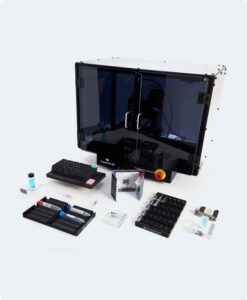

- The printer
- Software to run the system + data integration
- Ink Delivery System (inkjet print head)
- Services Package to keep the machine running smoothly
- Warranty
In addition, the system might include racks for holding lab ware in the case of direct printers or stick lab labels in the case of peel-and-stick tube label printers.
Standard packages vary significantly from company to company, so ask specifically what it includes.
It’s surprising how often a company’s base package price doesn’t include ink, racks, or service packages.
It’s also important to consider other details like warranties (How long is it? What’s included?), the type and size of the equipment provided (aka will it fit in your lab), and the tube printer manufacturer.
Generally, most standard tube printing systems cost between $20,000 – $75,000. Tubewriter pricing varies widely by market, and you will need to talk with your representative to get a firm price.
It’s important to note just as an automated liquid handler or similar lab equipment; it can quickly escalate over $75k once a lab needs to add complicated head attachments, software upgrades, service options, etc.
Key variable 1 – The complexity of the labware and experimental conditions
The first question you should ask is, “Can your machine put the labels we require on the tubes we use in our protocols?”
Most automated tube printers can print on or create sticky labels for the sides of standard tubes, such as 15ml conical tubes, 1.5ml centrifuge tubes, or cryovial labels. The same is true for lab printers for microscope slides.
However, many of them cannot print on the caps of tubes, which effectively means you’re back to hand labeling the caps with messy handwriting!
Suppose you need to label a histology cassette or create component markings. In that case, the cost can quickly escalate as these require customization of the printer by the manufacturer because the lab ware is incompatible with the inkjet printhead.
In some cases, you could end up needing multiple automated labelers, so it’s worth ensuring the machine you’re considering is configurable for a variety of consumables or is fixed to a specific tube type.
Key Variable #2 -The speed required to label your tubes each day
Speed is the final variable worth considering.
If you’re labeling less than 100 tubes per day, most any tube printer will work your lab given it meets the standards for your protocols.
Once you get from 100 to 5,000 tubes daily, this will require a much more robust printer with automation capabilities and high-quality service agreements to keep things running smoothly.
In addition, variable costs such as ink cartridges or rolls of stickies need to be considered.
Lifetime Cost of Ownership of a Tube Printer
Now, let’s look at how much it costs to own a tube labeling system over time.
Lifetime ownership includes the costs of ongoing service agreements + extended warranties + consumables (ink). It’s pretty simple to get this information from your rep!
Upgrades as protocols change are also worth considering, as the tubes and throughput you’re utilizing today might change dramatically in a year or two, requiring retrofitting or a completely new printer.
It’s worth asking your rep to put together a total cost analysis for long term success of your laboratory procedures.
Conclusion:
You will use your tube printer every day on almost every tube. Picking the printer with the right options the first time is critical to ensure maximum productivity with minimal headache. Because of this, most scientists choose the printer that will make them happiest in the long run. And that is usually the middle-of-the-road-priced TubeWriter. The Sharpie is your best bet if you don’t want to spend anything (other than physical therapy for your hands).
Unfortunately, some scientists only focus on the initial price of the printer to find the cheapest box, sacrificing quality, warranty, throughput, and up-time, which inevitably leads to regret.

